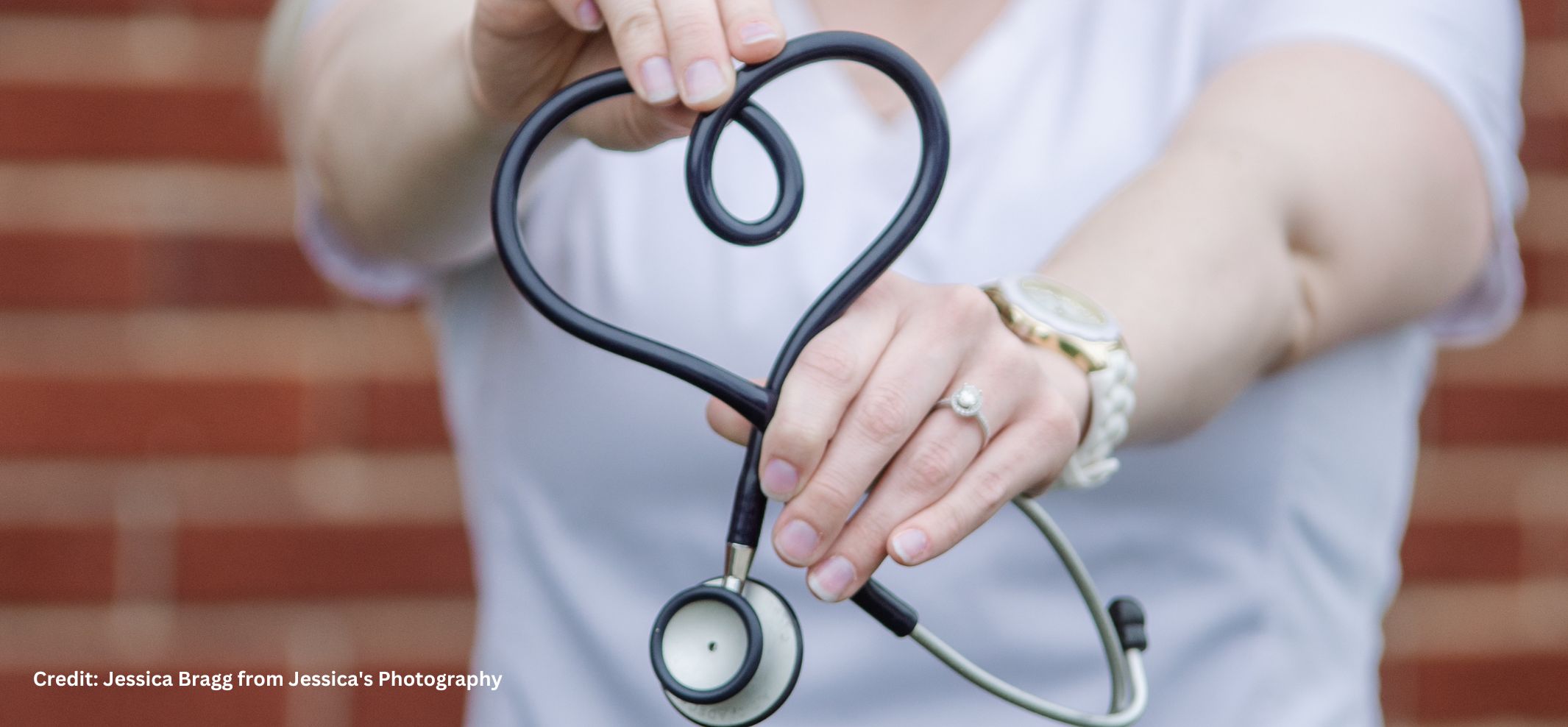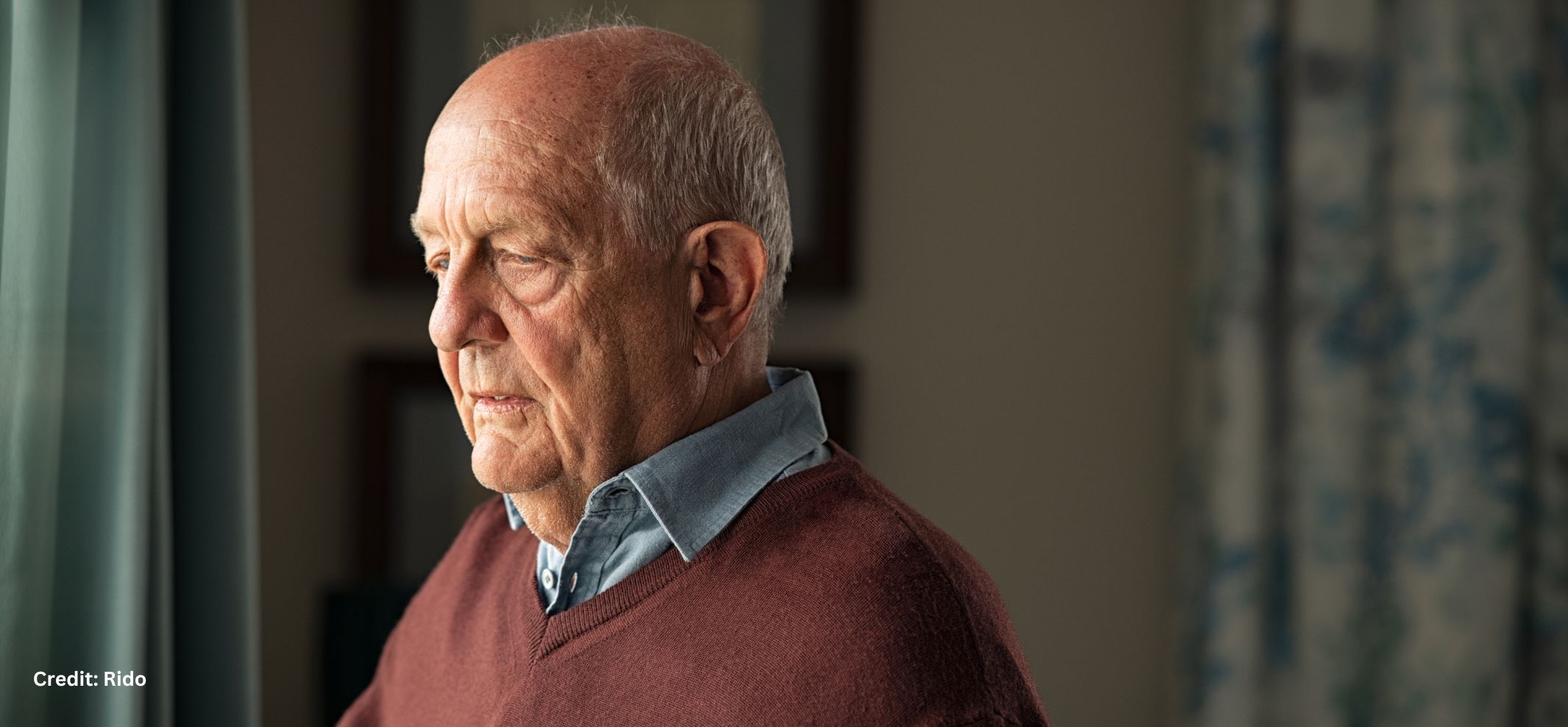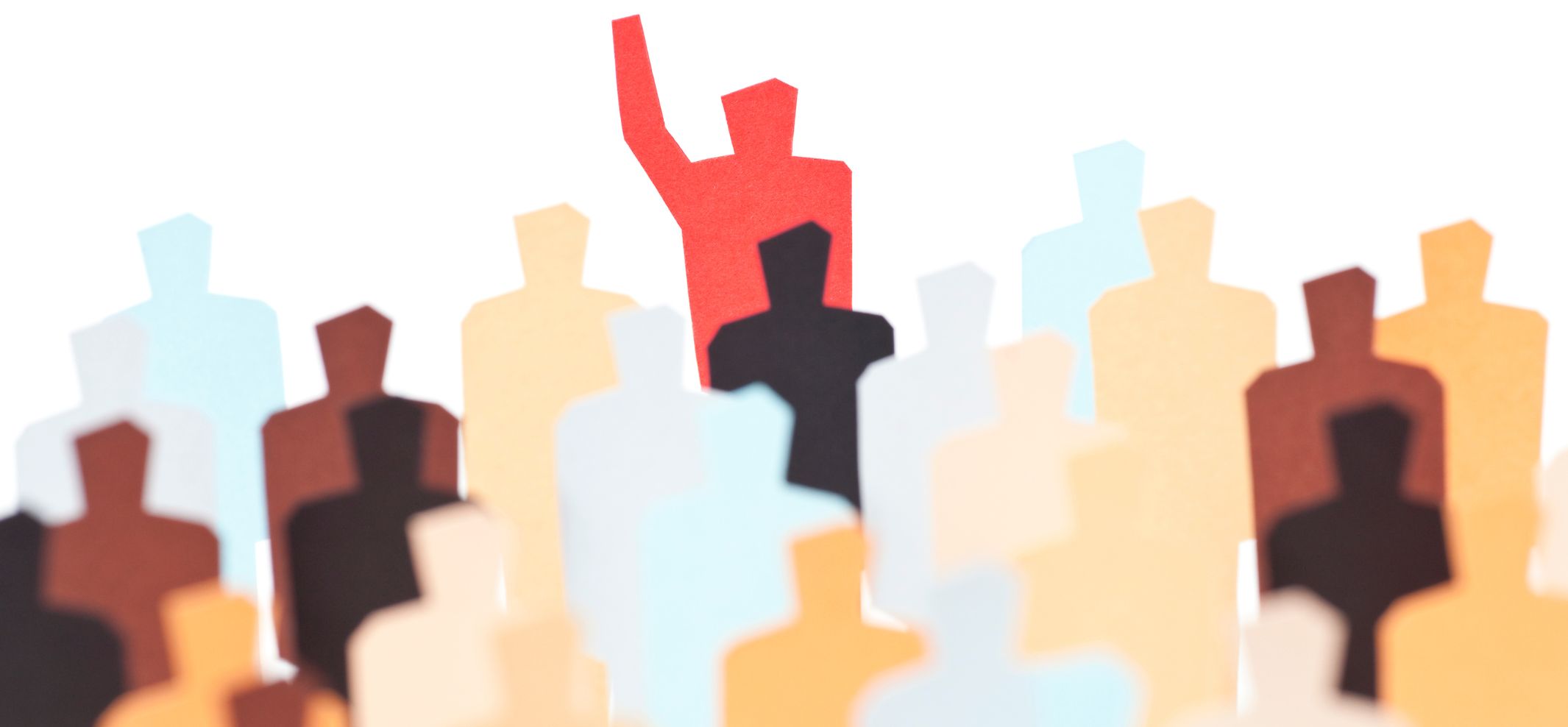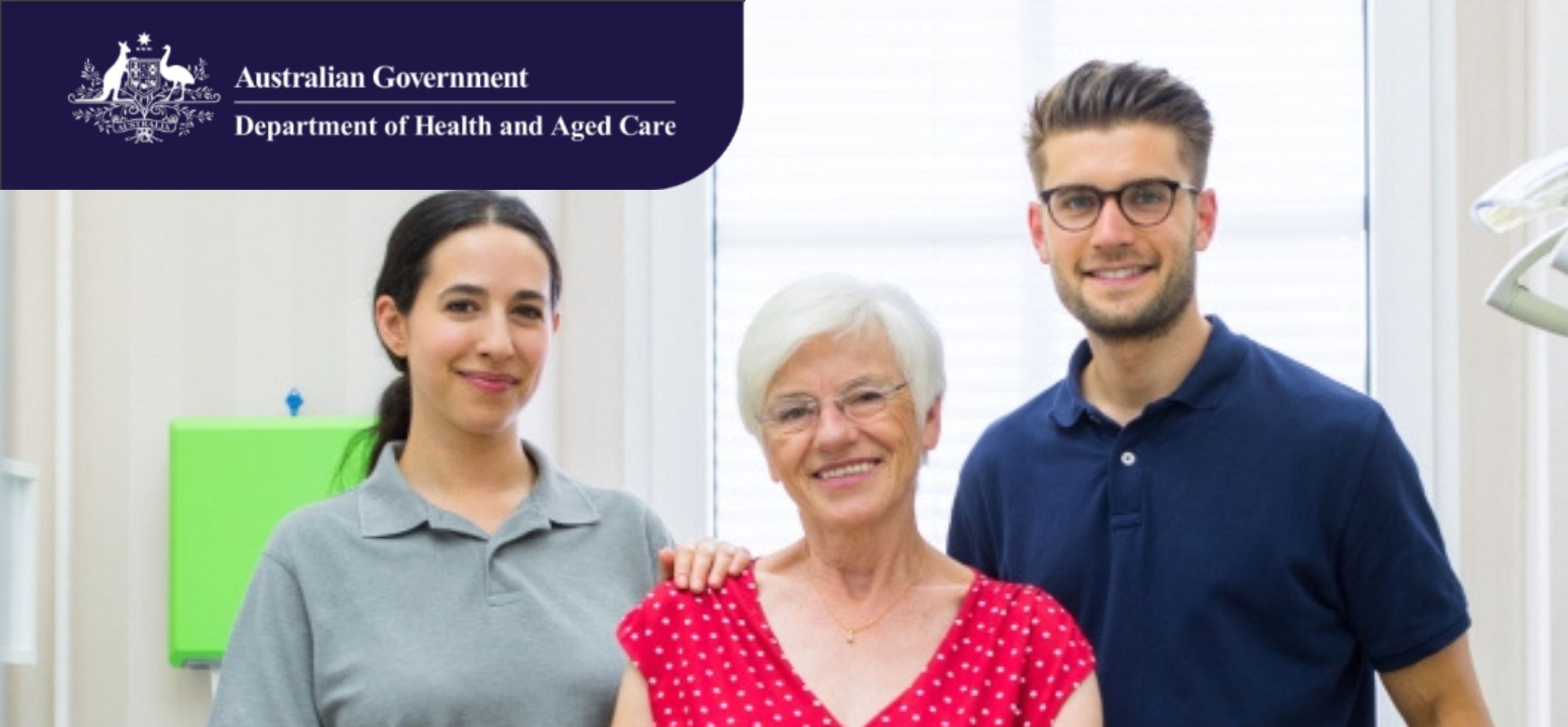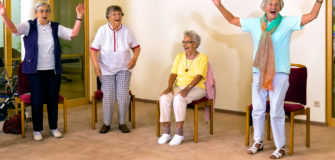One of Australia’s top doctors has curated 25 tips on how to avoid bringing COVID-19 home after going out of the house. It can be by doing errands, buying medicine, or getting food.
The Royal Adelaide Hospital’s former trauma services director, Dr. Bill Griggs, mentioned he created this 25-point checklist in response to requests from “non-medical” pals.
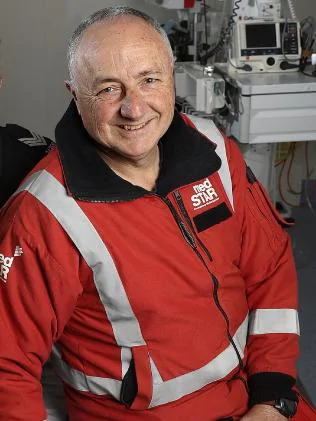
Royal Adelaide Hospital’s former trauma services director, Dr Bill Griggs. Picture: Sarah Reed
Royal Adelaide Hospital’s former trauma services director, Dr Bill Griggs. Picture: Sarah Reed
It begins with wearing nothing below the elbows, including watches, when going out, and ends with wiping down the gearstick and seatbelt once home again.
Dr. Griggs, a former South Australian of the Year, also is a past member of the Australian Health Protection Principal Committee, which is the key decision-making committee for health emergencies.
“The principle is really to try and not bring the virus home with you,” he said.
“Without trying to make people completely paranoid, you don’t have to be perfect, you just have to be as good as you can be.
“The list was to say that if you want to do the best you can, these are the things you need to do.”
How to avoid bringing coronavirus home:
A: Leaving home
B: While out
C: Arriving home
Checklist A: Leaving home:
The principle here is to prepare so that you can safely and easily decontaminate when you return home.
1: Remove all below-elbow hand and arm wear, watches, jewelry, etc. They all stay at home. You want to be able to wash thoroughly when you get home and you don’t want to deal with crevices in these items. Wear short sleeves so you can easily wash your hands and forearms when you get home.
2: Leave your wallet/handbag home. Rationalise your keys. Just the ones you need this time. If you need to take things such as personal hygiene items, medicine, etc, put these in a disposable brown paper bag.
3: Your phone goes into a ziplock bag. You will discard or wash the bag upon returning home. Avoid using your phone as much as possible while out.
4: No social media. You can manage without it for a while.
5: Credit card and photo ID go into ziplock bags too.
6: Wear shoes that live outside your door (or just inside your door if you must). Put them on as you leave. Choose enclosed shoes, not open-toed, to keep your feet virus-free.
7: If you are going to work, take your food in a disposable bag. Take a full water bottle too, in case you get thirsty.
8: Make sure there is an easily cleanable reasonable-sized plastic box at your door. You will need this when you get home.
9: All your bagged personal items go into a second plastic box that lives in the one spot in the car.
10: Plan your trip to minimise time away from the safety of your home.
Checklist B: While out:
Here are a few general principles
1: Don’t touch your face
2: Don’t touch anything with your hands that you don’t need to.
3: Assume items others (or even you) may have touched recently are contaminated. Some of these include
• Doorknobs
• Handrails
• Traffic light call buttons
• Lift call and floor buttons
• Car door handles.
• Steering wheels and gear shifts.
• Flat door surfaces at chest height.
• Any item that can be lifted and moved.
4: Assume your hands will get contaminated and decontaminate them regularly. Do this while out with hand washing or if you cannot hand wash then use some sort of sanitiser. Hand washing is the most effective.
5: Push doors with feet preferably or shoulder/elbow if not.
6: When your face itches (it will) rub it with your upper arm. Practise this at home so you get used to it.
7: Avoid eating in any communal space. It is almost impossible not to touch your face when you eat. No drinks unless you brought them with you. Unless you are at work, try not to eat or drink while out at all.
8: At store check-outs, do not use cash. Use contactless payment. If you need to use your PIN, try to use a knuckle or maybe a ring finger (index fingers and thumbs are more likely to be used to touch your face).
Checklist C: Arriving home:
1: Get your items out of your car box/bag.
2: No hugs or close greetings yet. Remove shoes and leave at the door.
3: Empty the contents of your paper bags and ziplock bags into the home box. Throw the bags away.
4: Wash your hands thoroughly.
5: Now clean the items in the home box one at a time – phone, cards, etc. Use liberal soap and water or sanitiser gel if you have lots of this. But soap and water are very effective. Have a clean spot to place each one after cleaning. Finally, clean the plastic box.
6: Now clean the car. Wipe door handle, steering wheel, gear shift, seat belt and any surfaces you may have touched. Clean the car box too.
7: Go back inside. Wash your hands again. You should be all good now.
Note: You can clean the ziplock bags thoroughly to reuse them if you want but the paper bags go in the bin as these cannot be effectively cleaned.
Reference: https://www.adelaidenow.com.au/
